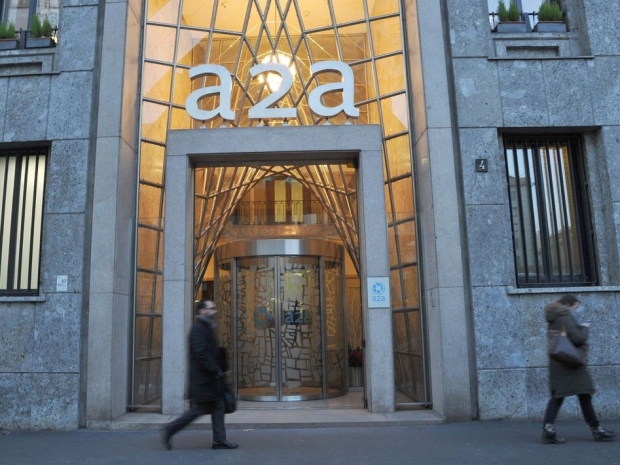It’s the first of its kind in the country and it could cut carbon dioxide emissions by 3,500 tonnes a year. That’s roughly the same as the CO₂ absorbed by more than 22,000 trees, assuming they’re not the decorative kind stuck in concrete planters.
Speaking at the launch, A2A chief executive Renato Mazzoncini said, “The rapid spread of data centres and the growing electrification of consumption require major investments in power grids. But data centres also offer a remarkable opportunity for cities with district heating networks.” He sees this as a practical way to reclaim energy that would otherwise vanish into the ether, while avoiding the political nightmare of upgrading Italy’s already strained energy infrastructure."
Cloud giants have turned up the heat globally by building sprawling server farms, but few have taken the time to recycle the energy they waste. Qarnot, the firm behind the tech, has made a name for itself in France by building radiators stuffed with processors that heat homes while running remote workloads. Now it wants to scale up that quirky idea with proper enterprise hardware and a presence in Italy.
Mazzoncini added that in Lombardy, where this pilot project sits, existing plans could see 150,000 homes heated with waste heat from IT kit. That would turn the region into one of Europe’s more efficient digital hubs, provided no one gets cold feet.
This kind of project is a rare case of box-ticking that might work as it tackles the carbon footprint of sprawling digital infrastructure and the spiralling costs of urban heating.
Still, the technology depends heavily on liquid-cooling, a system that’s more efficient but trickier to manage than traditional airflow. And integrating server farms into city-wide heating grids is the kind of municipal headache most cities would rather leave to a committee report.
Qarnot sees this as the start of a wider push into the Italian market. With high-performance computing becoming a backbone of everything from finance to fashion modelling, the French firm is betting that its heat-for-hashrate pitch might turn a few heads in Europe’s energy-starved south.

